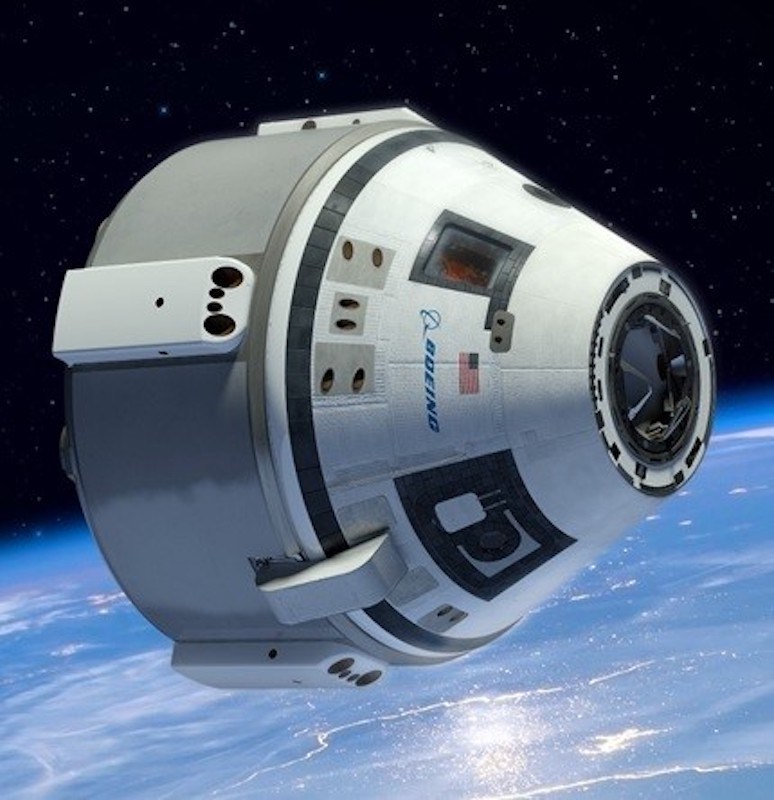
"It's really quite an accomplishment to have the HCS aboard this historic mission – the first truly new humidity control technology developed in 60 years of human spaceflight. It is a testament to the excellent work and dedication of our team at Paragon, and that of our partners at Boeing," said Grant Anderson, Paragon's President and CEO. "Our team is excited that the HCS system passed its debut flight to the ISS and will support the transport of humans back and forth for years to come."
The HCS will provide essential life support functionality for next generation human spaceflight operations and is the most recent spaceflight technology fielded by Paragon for the ever-expanding human spaceflight market. Paragon's HCS technology is being integrated into the Northrop Grumman HALO module and will provide contingency life support capability during crewed Artemis missions to--and around--the Moon.
"As humanity accelerates into space, with new missions ahead and new technological, exploration and scientific goals to achieve, it will be systems like the HCS that make it all possible. Without life support and environmental controls, you don't have human spaceflight – it's really that simple," noted Barry Finger, Paragon's VP of Engineer, adding that, "With Boeing's vision and stick-to-it approach, as well as that of all the partners on this fantastic team, we all made the difficult a reality – and that is what we at Paragon see as our strength."
SOURCE Paragon Space Development Corporation

No comments:
Post a Comment